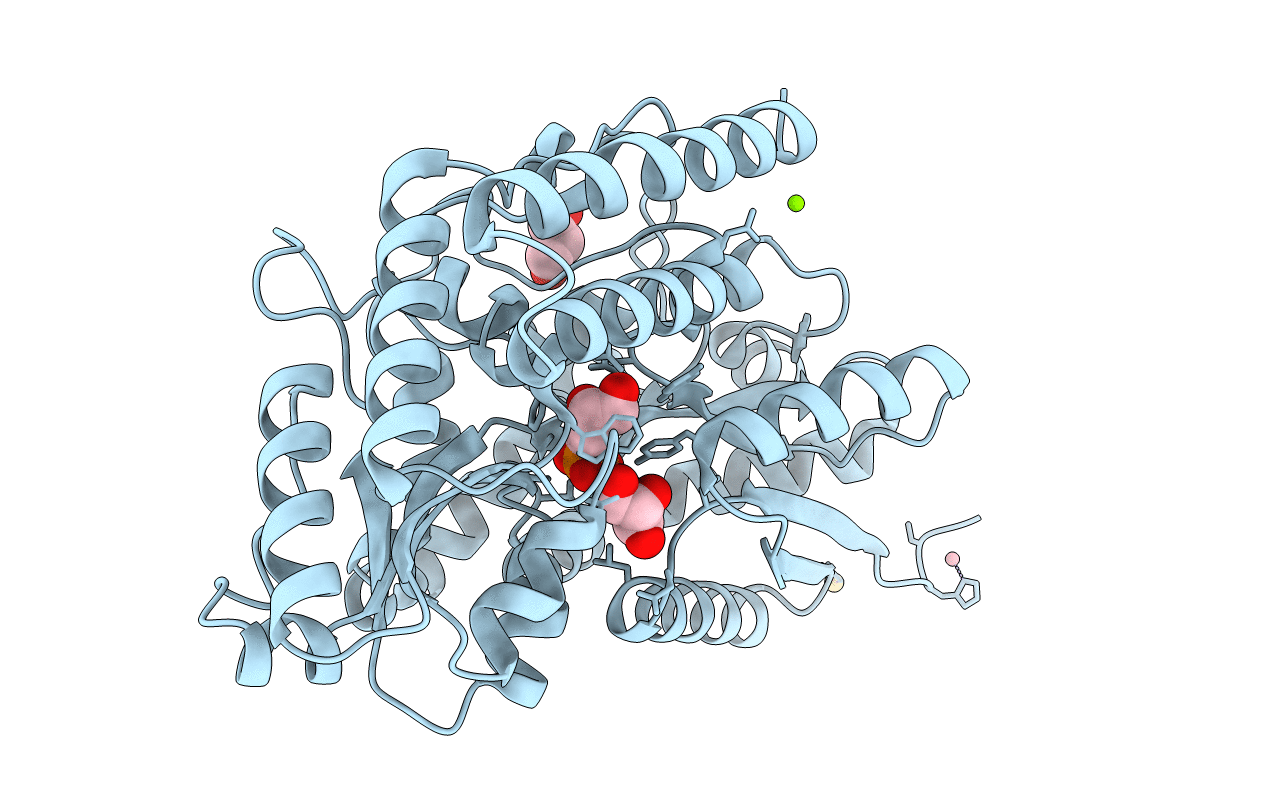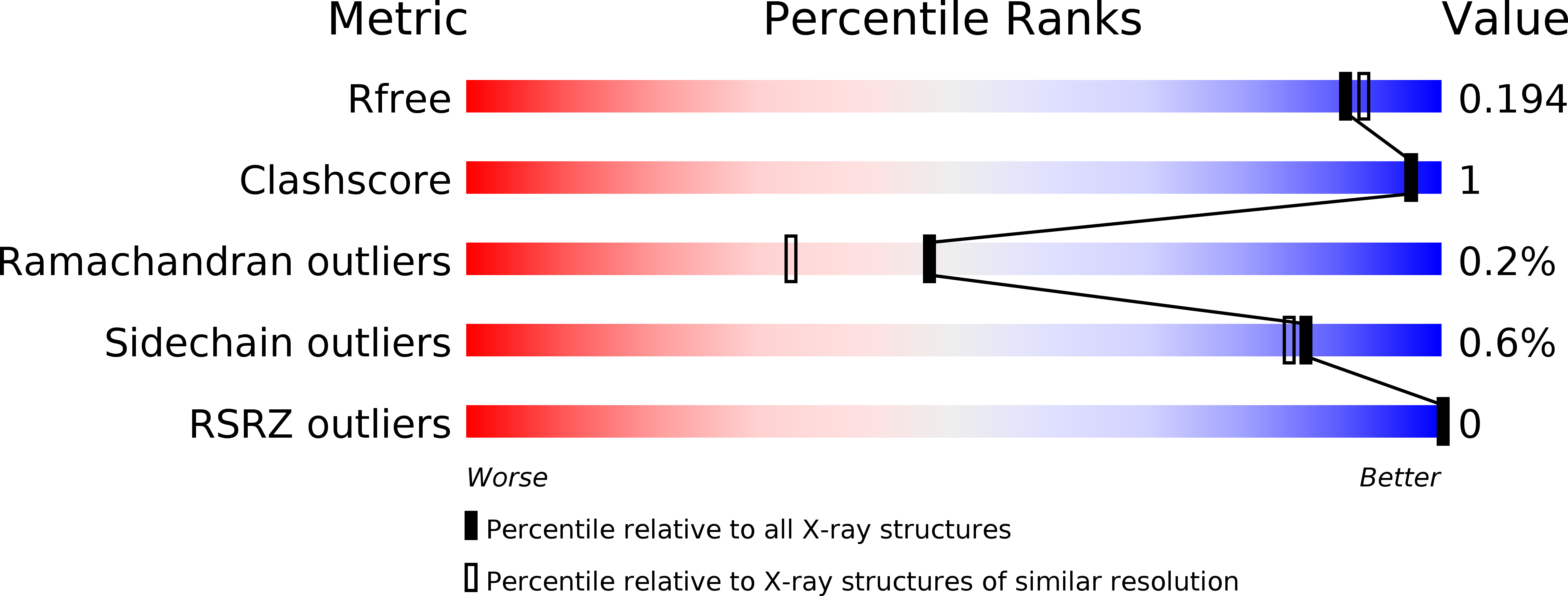
Deposition Date
2012-04-13
Release Date
2012-10-17
Last Version Date
2024-05-08
Entry Detail
PDB ID:
4AQ4
Keywords:
Title:
substrate bound sn-glycerol-3-phosphate binding periplasmic protein ugpB from Escherichia coli
Biological Source:
Source Organism:
ESCHERICHIA COLI (Taxon ID: 83333)
Host Organism:
Method Details:
Experimental Method:
Resolution:
1.80 Å
R-Value Free:
0.19
R-Value Work:
0.16
R-Value Observed:
0.16
Space Group:
P 43 21 2


